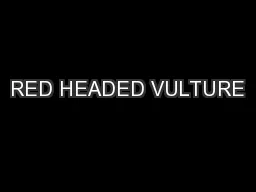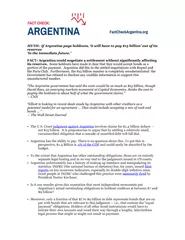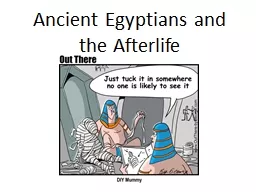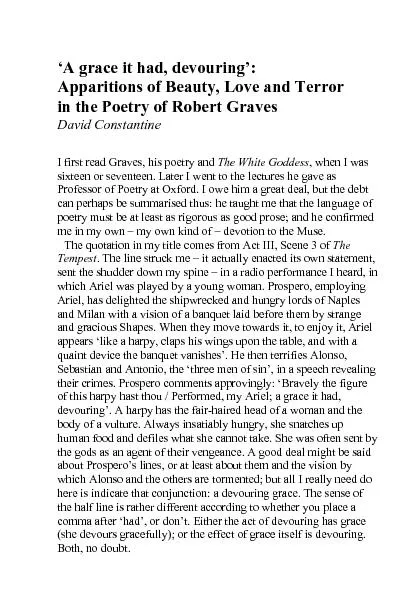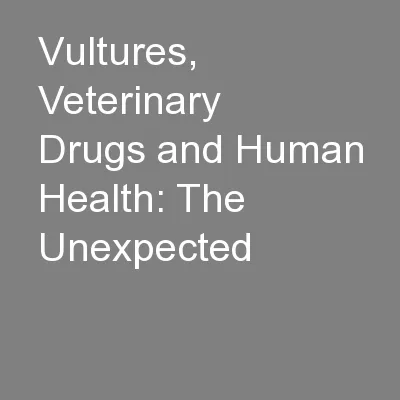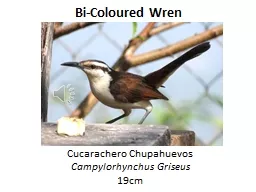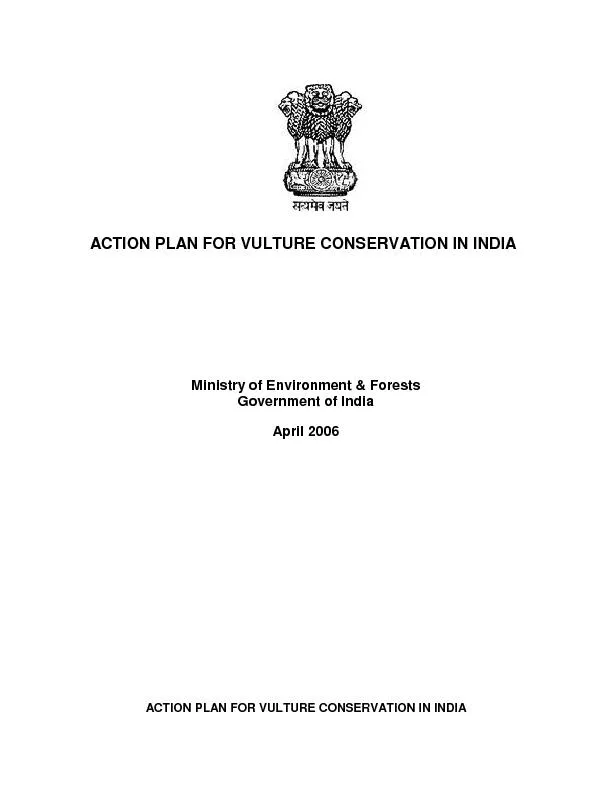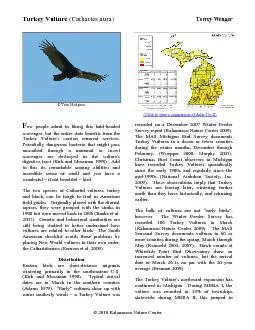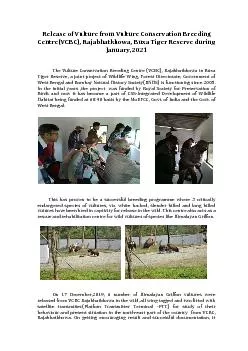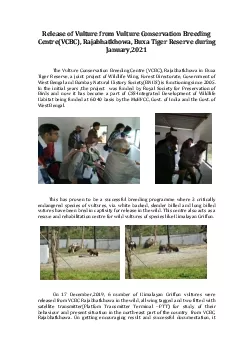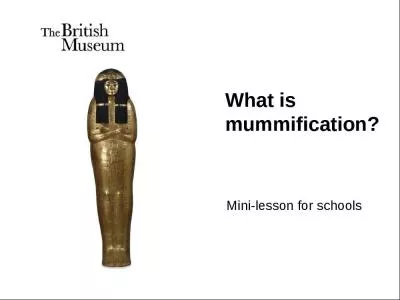PDF-RED HEADED VULTURE
Author : lois-ondreau | Published Date : 2017-11-23
RED ALERT S IN DANGER Delhi the heart of India is a city rich in natural heritage F orests of the northern and the southern ridge surround it With its water bodies
Presentation Embed Code
Download Presentation
Download Presentation The PPT/PDF document "RED HEADED VULTURE" is the property of its rightful owner. Permission is granted to download and print the materials on this website for personal, non-commercial use only, and to display it on your personal computer provided you do not modify the materials and that you retain all copyright notices contained in the materials. By downloading content from our website, you accept the terms of this agreement.
RED HEADED VULTURE: Transcript
Download Rules Of Document
"RED HEADED VULTURE"The content belongs to its owner. You may download and print it for personal use, without modification, and keep all copyright notices. By downloading, you agree to these terms.
Related Documents

